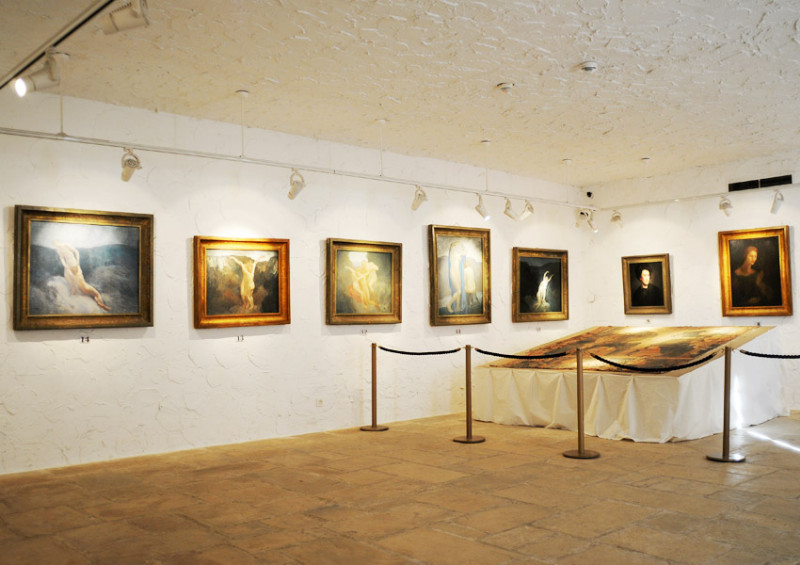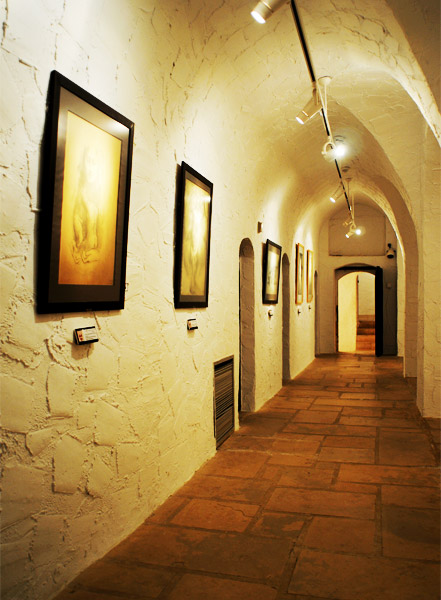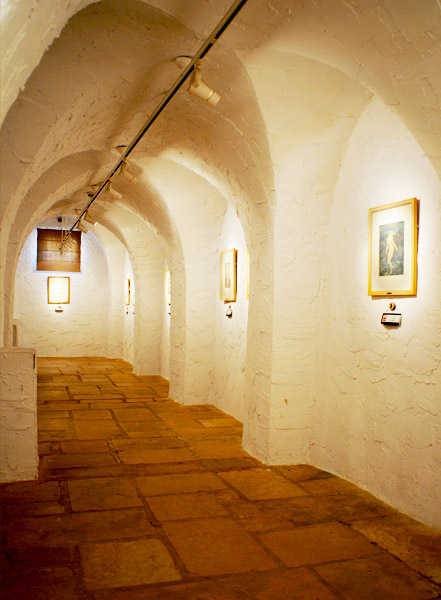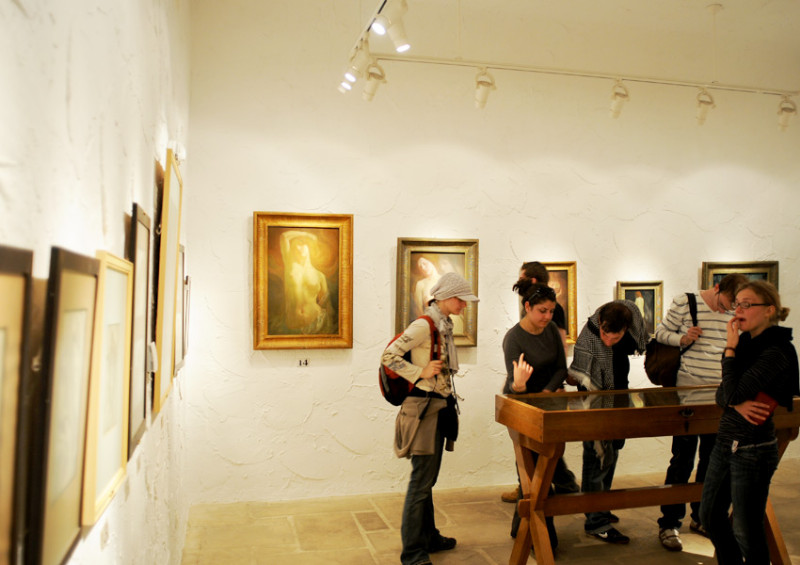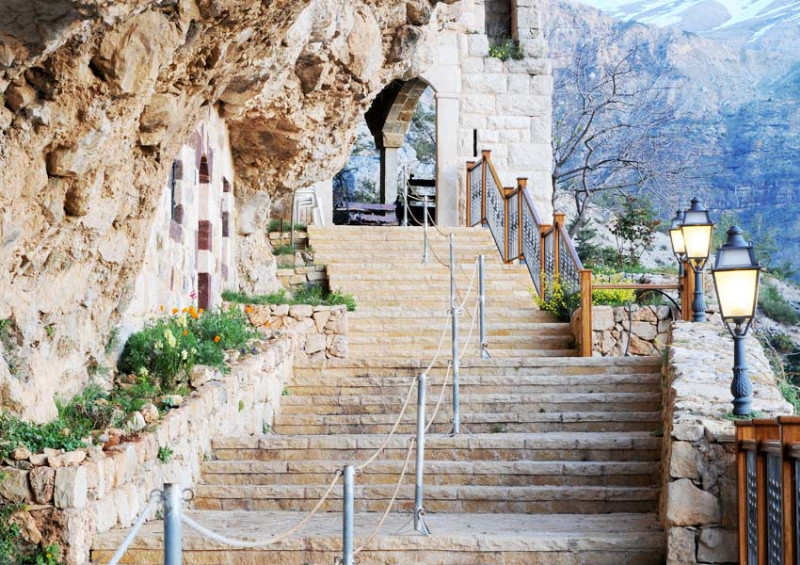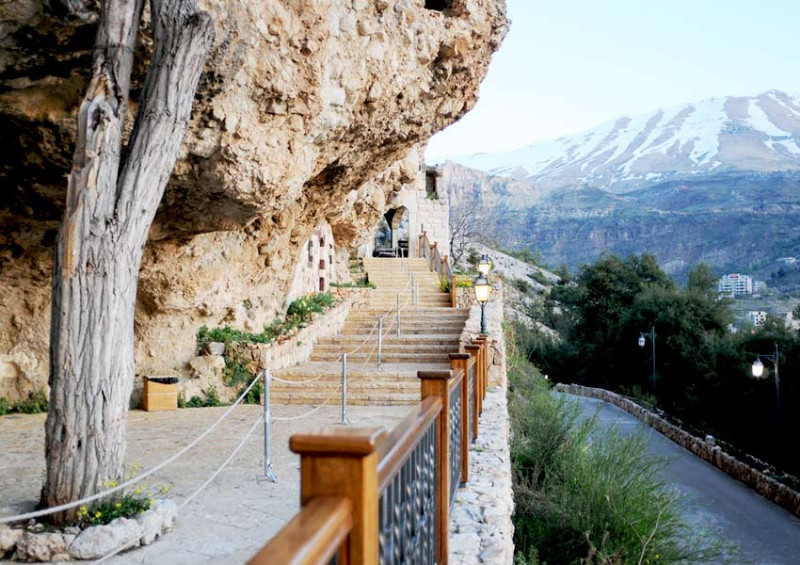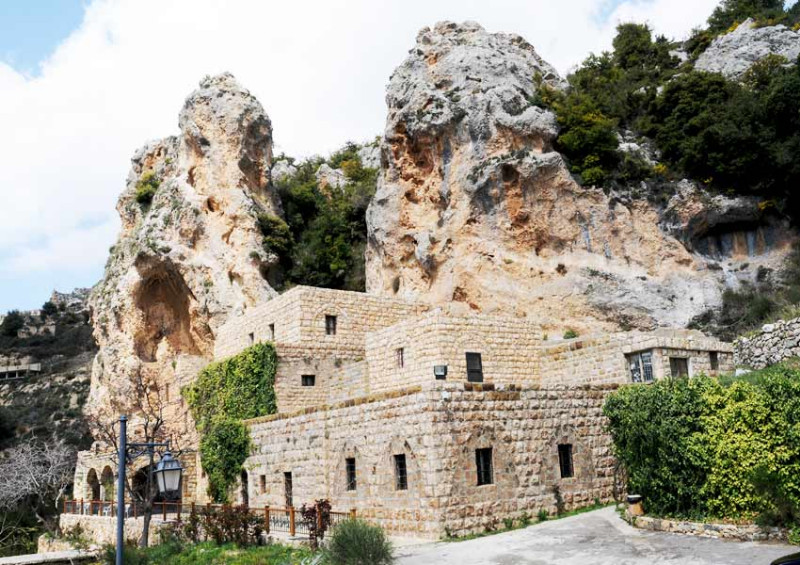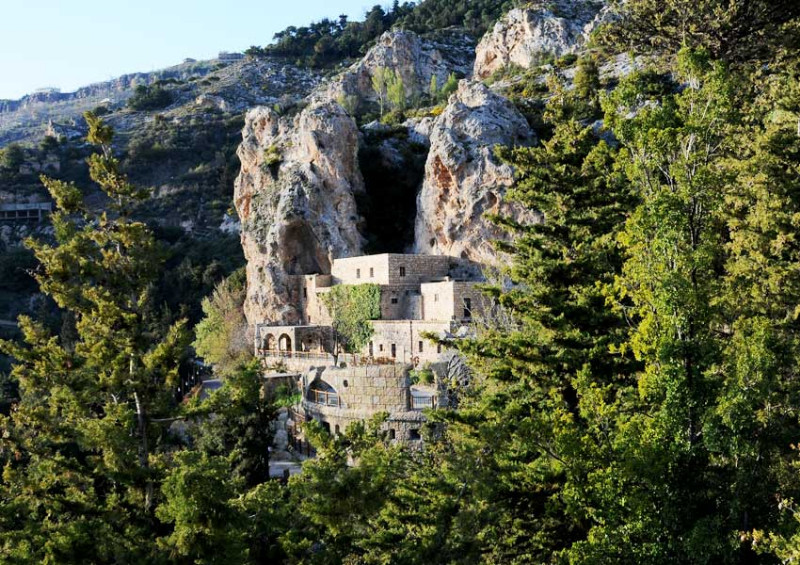متحف جبران خليل جبران
Place Category: معالم سياحية
-
تفاصيل
In 1932, the content of Gibran’s studio in New York, including his furniture, his personal belongings, his private library, his manuscripts and 440 original paintings, was transferred to his native town Bsharreh. Today, these items form the content of the Gibran museum.
Originally, a grotto for monks seeking shelter in the 7th century, the Mar Sarkis (Saint Sergious) hermitage, became Gibran Khalil Gibran’s tomb, and was later turned into his museum.
By the end of the 17th century, Carmelite monks living in the Qadisha valley, the sacred valley, began construction of a new monastery, which was completed in 1862.
In 1926, while in New York, Gibran decided to buy the monastery for his retirement and the hermitage as his final resting place. Upon his request, his sister Mariana purchased both the monastery and the hermitage. On the 22nd of August 1931, Gibran’s mortal remains reached Bsharreh. The transformation of the new monastery into a museum did not occur until 1975 when the Gibran National Committee restored the monastery and built a new wing in the eastern side. The floors of the museum were linked through an internal staircase to create a harmonious space where the works of Gibran are to be exposed.
In 1995, the museum was further enlarged and supplied with up-to-date equipments enabling it to exhibit the entire collection of Gibran’s manuscript, drawings and paintings.
A plan for the whole site including extensions, a parking and an access road was executed in the summer of 2003 with the aim of preserving this part of the Lebanese heritage molded into a privileged cultural and touristic site.
-
Photo
-
الموقع على الخارطة
-
Reviews
Sorry - Comments are closed


